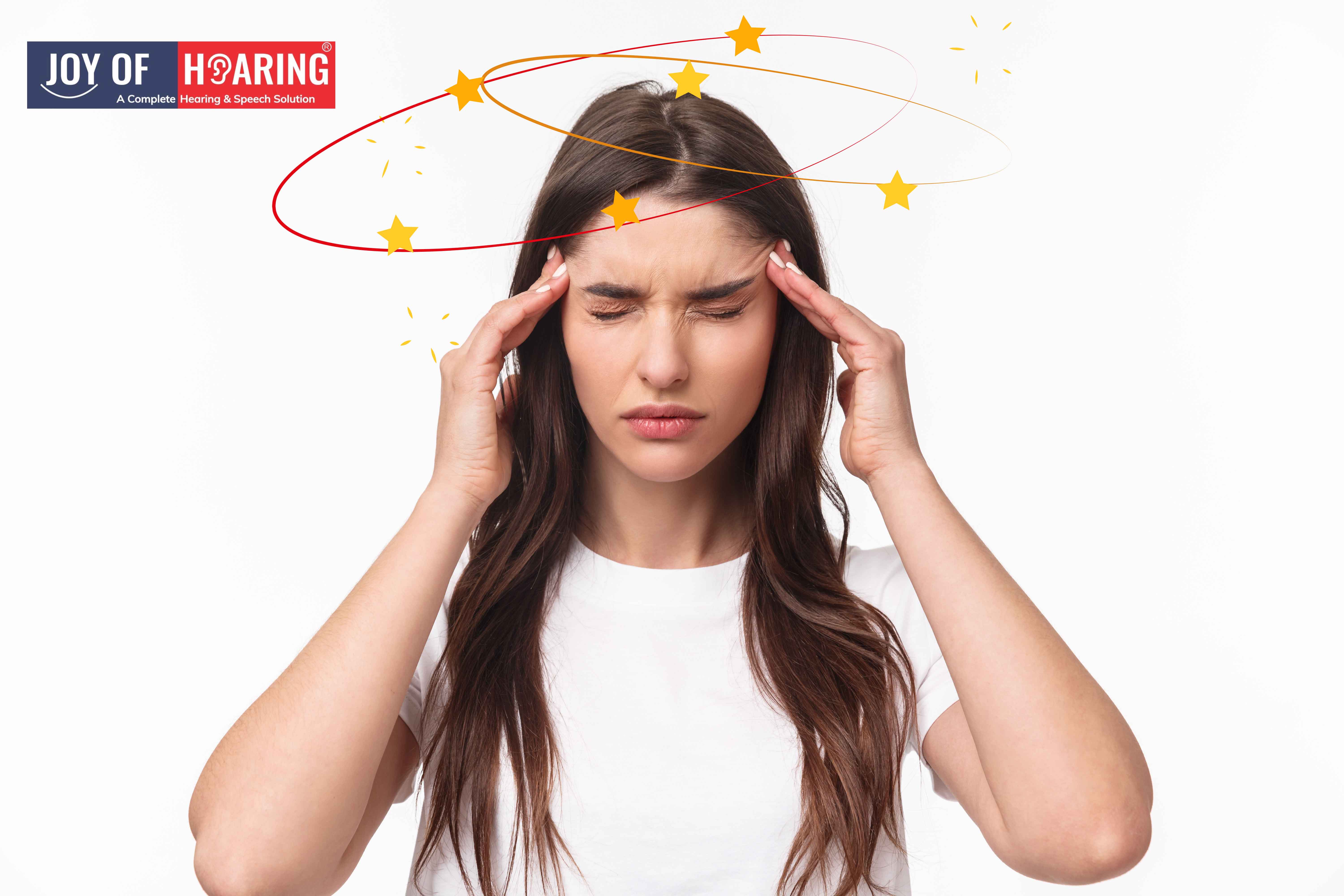
Date: 06/07/2024
Writer: Admin
Navigating the Storm How Vestibular Disorders Disrupt Balance and Coordination
Imagine your world constantly spinning, like being on a never-ending carousel ride. This is the reality for those living with vestibular disorders. The vestibular system, an essential part of our inner ear, governs our sense of balance and spatial orientation. When it malfunctions, it can turn even the simplest movements into daunting challenges. In this blog, we explore how vestibular disorders disrupt balance and coordination and offer insights into managing these conditions.
- The Inner Ear's Balancing Act
- Components: The vestibular system includes the semicircular canals, otolith organs (utricle and saccule), and the vestibular nerve.
- Function: These structures detect head movements and changes in position, sending crucial signals to the brain to help us stay balanced and keep our vision steady.
- Common Vestibular Disorders: The Usual Suspects
Benign Paroxysmal Positional Vertigo (BPPV):
- Symptoms: Sudden bouts of dizziness or vertigo triggered by head movements.
- Impact: Intense spinning sensations that cause unsteadiness.
Meniere's Disease:
- Symptoms: Vertigo, tinnitus (ringing in the ears), hearing loss, and ear fullness.
- Impact: Severe vertigo episodes can lead to significant balance problems and falls.
Vestibular Neuritis:
- Symptoms: Sudden, severe vertigo, nausea, and imbalance, often post-viral.
- Impact: Acute vertigo can disrupt balance for extended periods.
Labyrinthitis:
- Symptoms: Vertigo, hearing loss, imbalance, and ear pain or drainage.
- Impact: Similar to vestibular neuritis but with added hearing loss, complicating balance further.
- The Balance and Coordination Breakdown
Vertigo:
- Description: A spinning sensation even when stationary.
- Impact: Causes disorientation, making it hard to stay balanced and increasing fall risk.
Unsteady Gait:
- Description: Walking with a staggered or wide-based gait to compensate for imbalance.
- Impact: Increases the likelihood of tripping or falling.
Nausea and Vomiting:
- Description: Often accompanies vertigo and dizziness.
- Impact: Weakens physical state, further impairing balance.
Visual Disturbances:
- Description: Difficulty focusing or blurred vision due to impaired vestibulo-ocular reflex (VOR).
- Impact: Affects coordination and tasks requiring precise visual input.
Spatial Disorientation:
- Description: Inability to correctly perceive spatial orientation.
- Impact: Challenges in navigating spaces, such as walking down stairs or through crowded areas.
- Fighting Back: Strategies and Treatments
Vestibular Rehabilitation Therapy (VRT):
- Description: Specialized physical therapy exercises designed to improve balance and reduce dizziness.
- Benefit: Helps the brain adapt to vestibular changes, alleviating symptoms and improving balance.
Medications:
- Types: Antihistamines, antiemetics, and sometimes benzodiazepines.
- Benefit: Helps manage symptoms such as vertigo and nausea.
Lifestyle Modifications:
- Examples:Avoiding rapid head movements, staying hydrated, and ensuring a safe home environment to prevent falls.
- Benefit:Reduces the frequency and severity of symptoms.
Surgical Options:
- Indication: Considered in severe cases where other treatments have failed.
- Benefit: Corrects underlying issues causing the vestibular disorder.
In conclusion, Vestibular disorders can transform daily life into a dizzying ordeal, but understanding their impact on balance and coordination is the first step toward regaining control. With the right strategies and treatments, those affected can navigate through the storm and find stability. If you or someone you know is experiencing symptoms of a vestibular disorder, seeking medical advice is crucial for proper diagnosis and treatment. By doing so, you can take back control and improve your quality of life.
